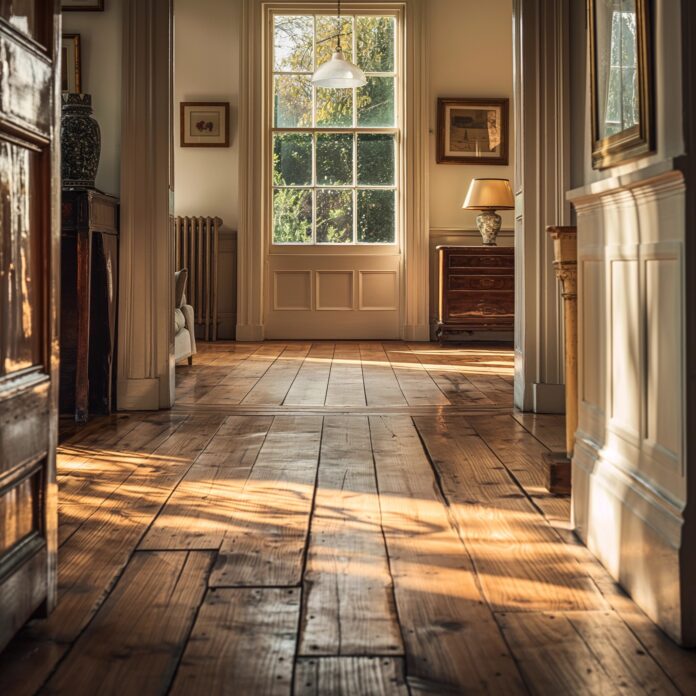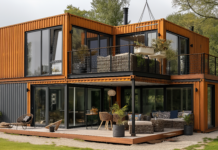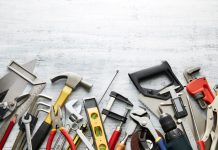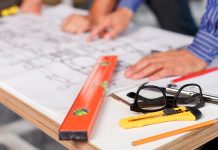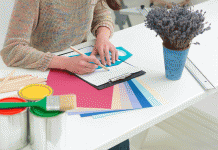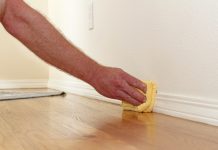Restoring the charm and beauty of vintage floors is an endeavour that goes beyond mere renovation; it’s a journey of rediscovery, craftsmanship, and, ultimately, transformation.
This guide is crafted for property owners, rental property managers, and homeowners alike who seek to breathe new life into their spaces by reviving the historic elegance of their flooring. As we embark on this journey together, our focus will stretch from the initial discovery of your home’s hidden gems to the final reflection on the enhanced charm and increased value brought about by meticulous restoration.
Discovery and Preparation
The first step in the journey of vintage floor restoration is discovery and preparation. Often, the most stunning hardwood floors are hidden under layers of carpet or years of accumulated grime. The unveiling of these hidden treasures is not just about removing what’s on top; it’s about rediscovering the potential that lies beneath. We start by carefully removing any carpets, paying attention to not damaging the wood underneath. This process requires patience and precision, as the goal is to expose the floor without introducing new imperfections.
Once the floor is uncovered, a thorough cleaning is essential. This stage sets the foundation for all subsequent restoration work, ensuring that the wood is free from dirt, debris, and any substances that could hinder the restoration process. It’s a meticulous task that demands attention to detail, as even the smallest particle left behind can affect the quality of the sanding and refinishing process.
Craftsmanship Process
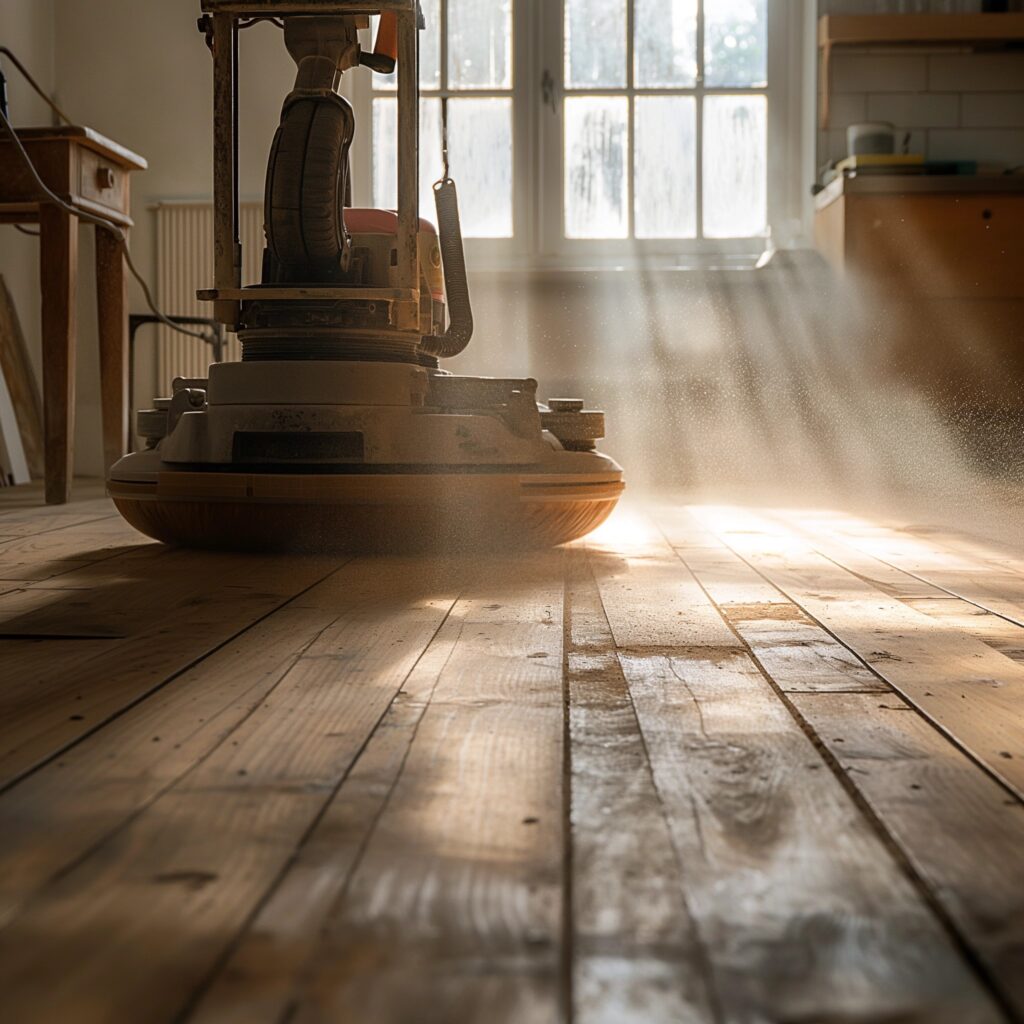
Craftsmanship and process are at the heart of vintage floor restoration. This phase involves carefully sanding the wood to remove the old finish, smooth out imperfections, and prepare the surface for staining and sealing. Sanding is an art in itself, requiring an understanding of the wood’s grain and the use of progressively finer grits to achieve a smooth, uniform surface.
Staining follows, with the choice of colour playing a significant role in the floor’s final appearance. The aim is to enhance the natural beauty of the wood while paying homage to the home’s historical context. The application of stain must be even and consistent, ensuring that the colour penetrates the wood evenly for a flawless finish.
Sealing is the final step in the process, providing a protective layer that preserves the wood’s beauty and durability. The choice of sealant—whether oil-based, water-based, or polyurethane—depends on the desired finish and the wood’s characteristics. This protective layer enhances not only the floor’s resilience but also its ability to withstand the rigours of daily life, ensuring that the beauty we unveil today remains for years to come.
Challenges and Solutions
Every restoration project presents challenges, including learning to use professional-grade sanding equipment without damaging the wood. This requires patience and persistence, as mastery of these tools is crucial for achieving a flawless finish. Additionally, dealing with damages and gaps in vintage floors offers a chance to highlight restoration craftsmanship.
Repairing damage may involve detailed techniques like wood patching or integrating reclaimed wood while filling gaps, which necessitates an understanding of the wood’s natural movement. Using appropriate fillers ensures these imperfections are addressed without compromising the floor’s structural integrity, turning potential flaws into showcases of skilled restoration.
Aesthetic Value
The restoration of vintage floors is not just a matter of structural repair but an investment in aesthetics and value. The timeless elegance of wood, with its natural patina and unique grain patterns, adds a layer of charm and warmth to any space. This focus on natural beauty and durability not only enhances the home’s visual appeal but also its market value. A well-restored floor can transform a room, elevating its design and creating a focal point that ties together the home’s overall aesthetic.
In the pursuit of this transformation, we are guided by a principle that goes beyond mere appearance: the preservation of the floor’s character. Our approach to restoration emphasises the importance of retaining the wood’s historical marks—its imperfections, its stories—while ensuring that the floor remains functional and beautiful. It’s a balance that requires careful consideration of both aesthetic desires and practical needs, ensuring that the charm we revive today endures for generations to come.
Professional Insight and DIY
The journey of restoring vintage floors uniquely combines professional insight with DIY passion. This partnership enriches the restoration, blending deep knowledge and personal involvement for optimal outcomes.
Professionals contribute their expertise, foreseeing issues and advising on choices from sandpaper to wood grain intricacies, ensuring durability and historical respect. Simultaneously, DIY efforts add a personal dimension, enhancing the connection to your space and appreciation for the craftsmanship.
This collaboration extends to materials and methods, where professional recommendations ensure the project’s success and sustainability. Ultimately, this synergy between professional guidance and personal endeavour not only achieves a visually stunning result but also fosters a profound appreciation for the art of restoration, making the process as rewarding as the outcome.
Maintenance and Preservation
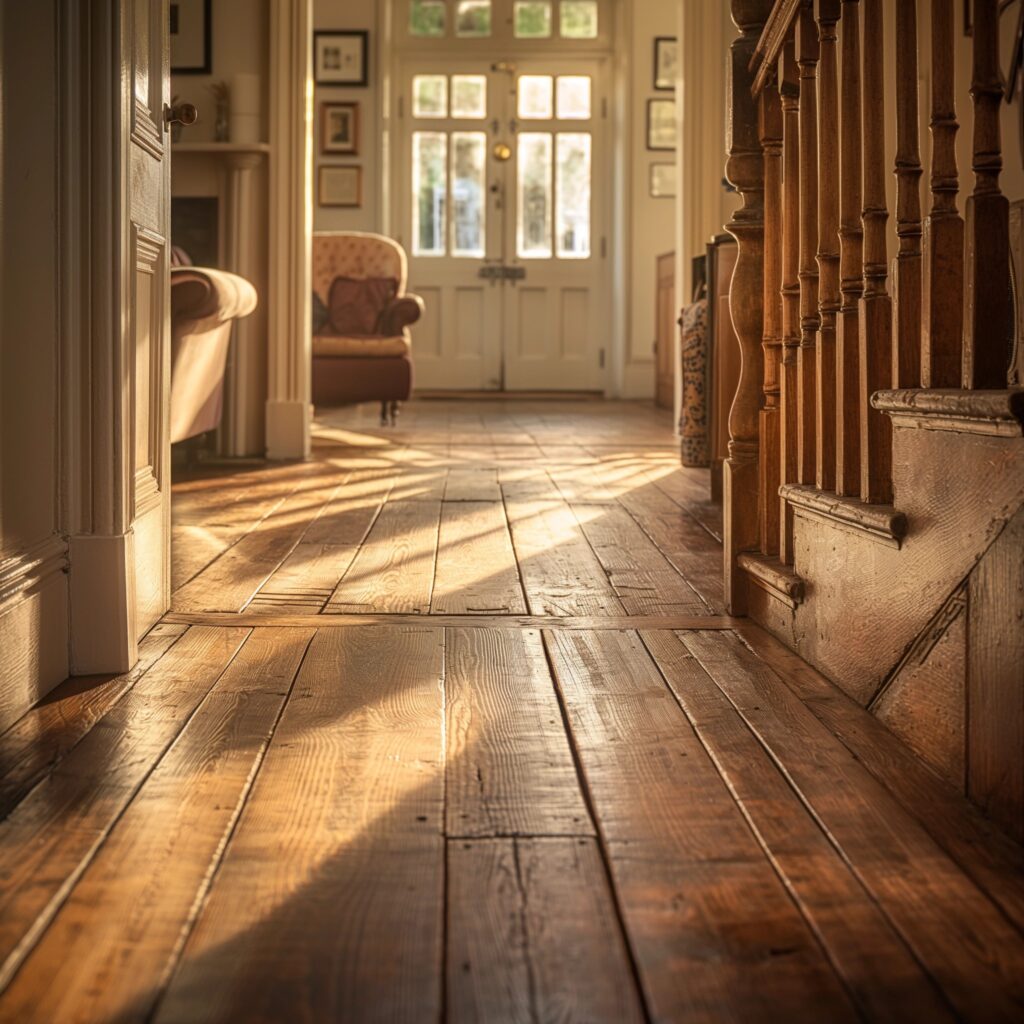
After the dust has settled and the tools have been put away, the focus shifts to maintenance and preservation—key aspects that ensure the longevity and continued beauty of your restored floors. Regular cleaning with the right products is essential; harsh chemicals can damage wood finishes, while too much water can cause warping or staining. We recommend using cleaning agents specifically designed for hardwood floors and adopting a gentle, regular cleaning routine that removes dirt without risking damage.
Protecting the floors from furniture scratches, pet claws, and high heels is also crucial. Felt pads under furniture legs, area rugs in high-traffic zones, and a no-shoes policy can all help preserve the floor’s finish. Additionally, monitoring the home’s humidity levels can prevent the wood from expanding or contracting too much, which can lead to gaps or buckling.
Maintenance is not just about protecting the floor but also about preserving its character. Over time, the patina that develops from regular use and exposure to sunlight can add depth and richness to the wood’s appearance, contributing to the story that your home tells. This evolving beauty is a testament to the floor’s quality and the care invested in its upkeep.
“Maintaining and preserving restored wood floors is crucial for their longevity. Regularly clean with a soft, damp mop and specific wood floor cleaner to avoid damage. Protect them from scratches by using felt pads under furniture and rugs in high-traffic areas. Also, keep humidity levels consistent to prevent warping. Remember, the beauty of wood floors lies in their durability and natural patina, which can only be preserved through mindful care and attention.” – Jim Goodall, GJP Floor Sanding.
Cost-Effectiveness and Safety
Choosing restoration over replacement is not only an environmentally sustainable choice but also a cost-effective one. While the initial investment in restoration might seem significant, it is often more economical than the cost of completely replacing the floors. Moreover, restoration preserves the original materials, which can be particularly valuable in older homes where the wood quality might be superior to what’s available today.
Safety is another critical consideration, especially in older homes where the original flooring may contain harmful substances like lead in the varnish or asbestos in old underlayments. Professional restorers are equipped to handle these hazards safely, ensuring that the restoration process does not pose health risks to your household. This aspect of restoration is particularly important, as it ensures that the beauty and charm of your home do not come at the expense of your family’s well-being.
Outcome
As we conclude the restoration process, the transformation of your vintage floors stands as a testament to the value of patience, craftsmanship, and care. This journey from discovery and preparation through to maintenance and preservation is not just about improving a physical space; it’s about reconnecting with the history of your home and contributing to its legacy.
The visual transformation is undeniable—a floor that once was hidden, damaged, or worn now radiates warmth, elegance, and history. However, perhaps more significant is the transformation in how we perceive and value our living spaces. Through the process of restoration, we learn to see not just the potential in the materials beneath our feet but also the stories they hold and the future they offer.


